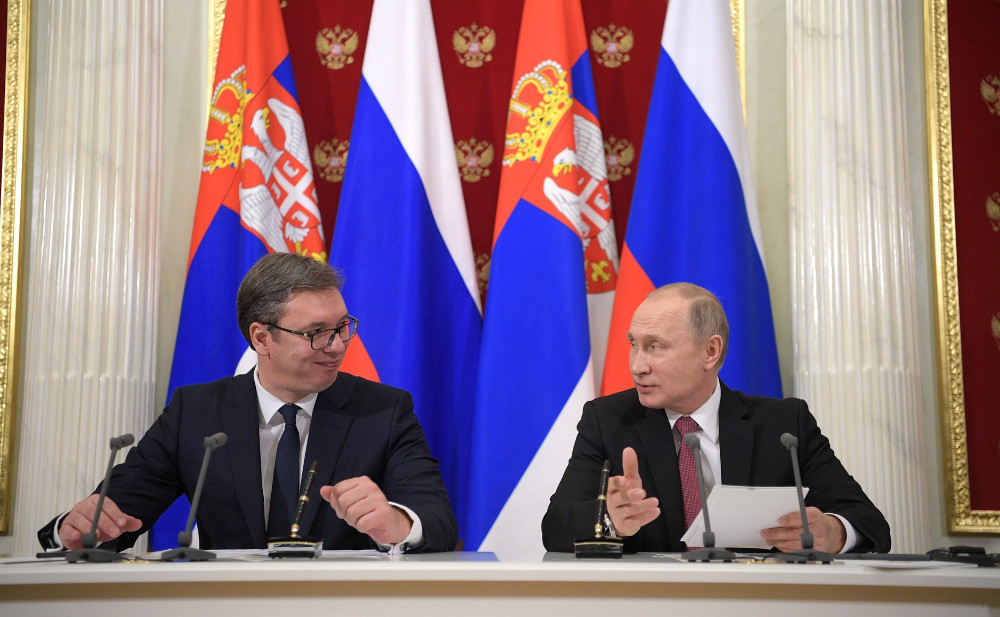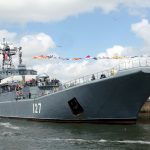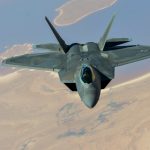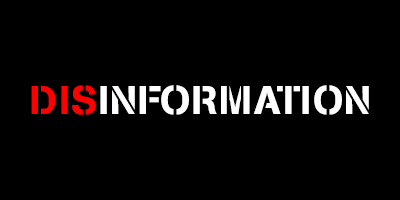RUSSIA MONITOR
Date: 22 December 2017
Russian Bridgehead in the Balkans
Serbia is increasing its portfolio of arms purchases in Russia. The recent visit of President Aleksandar Vučic to Moscow confirmed that Belgrade had explicitly favoured military cooperation with Russia; although the country officially speaks of its “military neutrality”. The reinforcement of Serbia with the Eastern equipment is raising more and more concern of its neighbors. Moscow skillfully fuels old antagonisms between the Serbs and the majority of the neighboring countries. It is all about the destabilization of the Western Balkans, stopping the expansion of NATO and the EU in this region and maintaining Serbia as the last Russian bastion in this area.

President Vučić visited Moscow on December 19-20. This is his first visit to Russia as head of state. Last time, he was in Moscow in March as prime minister. Already announcing his arrival, the Kremlin described relations between both countries as a “strategic partnership”. The talks took place in a very friendly atmosphere. As a result, a number of bilateral agreements have been signed. Even before the visit, Vučić told the Russian news agency TASS that Serbia planned to buy Russian military transport helicopters and air defense systems.
On December 21, the day after the Serbian president returned from Russia, Serbia’s Defense Minister Aleksandar Vulin told Serbia’s state TV that during Vučic’s visit to Moscow, the leaders of both countries agreed on the “high level of military cooperation”. Vulin informed that Belgrade not only wanted to buy six Mi-17 helicopters, but it was also interested in forming an overhaul base for the Russian choppers. It would give Russian military personnel a presence in the region. Serbia and Russia have also talked about supplies of Buk-M1 and Buk-M2 missile systems as well as six MiG-29 fighter jets and possibly S-300 air defense systems from Belarus. Also in October, the Serbian air force received six old MiG-29 fighter jets from Russia completely for free (however, the costs of maintenance and repairs will amount to nearly 235 million dollars). Moscow has also promised the delivery of 30 used tanks and 30 armored fighting vehicles.
Serbia’s arms in Russia may increase tension in its relations with neighbors who are either already in NATO or aspire to join the Alliance or who remain in close collaboration with the West (like Kosovo). Serbia has been on the path to join the European Union. However, the country stresses that it is not interested in joining NATO and maintants that Serbia opts for “military neutrality”. However, with the new president, Serbia has clearly turned towards Russia. Some militant accents heard in utterances by Serbian politicians are skilfully fuelled by Russia, whose aim is to destabilise the situation in the Western Balkans. Currently, the easiest way is to play the Serbs off against their neighbors. Russian media and experts have reminded the Serbs that they had already suffered defeats in Slovenia, Croatia and Bosnia, and then they had lost their own province, Kosovo. The Russians have underlined the weakness of the Serbian army in the past decades and its growing potential in recent years, of course thanks to some Russian help.
All texts published by the Warsaw Institute Foundation may be disseminated on the condition that their origin is credited. Images may not be used without permission.













